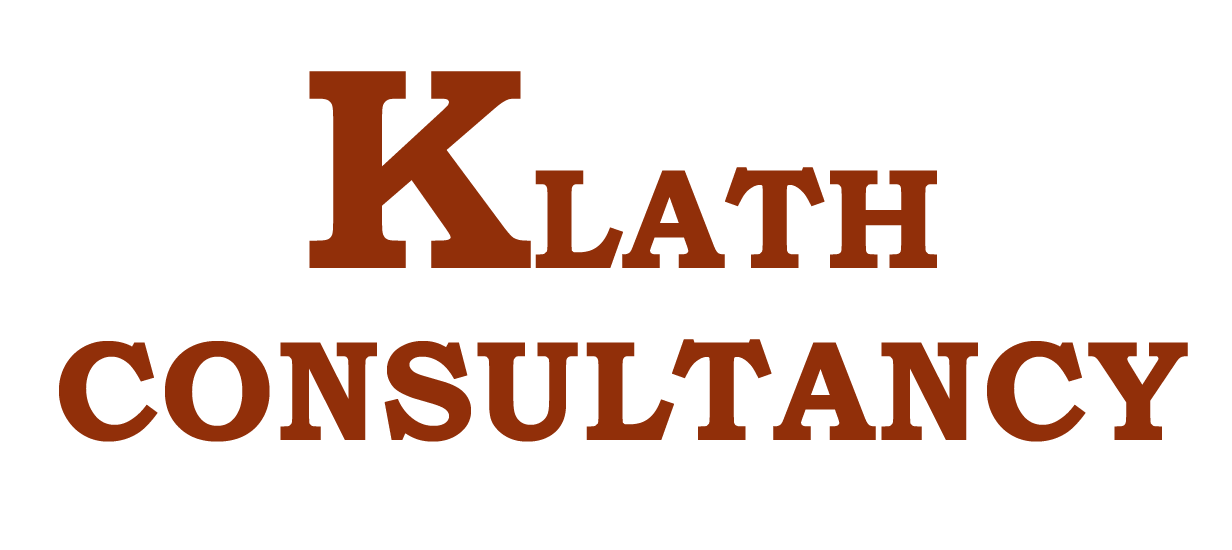EXEMPT INCOME
EXEMPT INCOME
EXEMPT INCOME
AGRICULTURE INCOME
As per section 10(1) Income is exempt from Tax if its from agriculture land in India.
As per section 2(1A), Agriculture land means-
- Rent from agricultural land (used for agriculture purposes).
- Income from sale of agriculture produce. (Note 1).
- Rent from house (use as dwelling house, store house).
- Income from nursery.
Note 1: Rule 7- Sale of agriculture Produce.
Sale in Raw Form – Total agriculture income is exempt under such case.
Sale after optional process-
Agriculture Income (exempt)
|
Particular |
Amount (in Rs.) |
|
Fair Market Value of Agricultural Produce for further process |
xxx |
|
Less: Cost of Agricultural Produce |
xxx |
|
Agriculture Income |
xxx |
PGBP Income (Taxable)
|
Particular |
Amount (in Rs.) |
|
Sale of Final Products |
xxx |
|
Less: Fair Market Value of Agricultural Produce for further process |
xxx |
|
Less: Further Processing Cost |
xxx |
|
PGBP |
xxx |
SPECIAL RULES FOR TEA, COFFEE & RUBBER
|
Rules |
Activity |
Agri. income |
PGBP |
|
8 |
Growing and Manufacturing of Tea |
60% |
40% |
|
7B |
Growing and Manufacturing of Coffee |
|
|
|
|
|
75% |
25% |
|
|
|
60% |
40% |
|
7A |
Growing & Manufacturing of Rubber |
65% |
35% |
Example: Mr. Amar grows sugarcane and uses the same for the purpose of manufacturing in his factory. 40% of sugarcane produce is sold for Rs. 12 Lakhs, and the cost of cultivation of such sugarcane is Rs. 6 Lakhs. The cost of cultivation of the balance sugarcane (60%) is Rs. 15 Lakhs and the market value of the same is Rs. 25 Lakhs. After incurring Rs. 1.5 lakhs in the manufacturing process on the balance sugarcane, the sugar was sold for Rs. 30 lakhs.
Calculate Amar’s business income and agriculture income.
Answer:
COMPUTATION OF BUSINESS AND AGRICULTURE INCOME OF MR. AMAR
|
PARTICULARS |
BUSINESS INCOME |
AGRI INCOME |
|
Sale of Sugar Business income |
|
|
|
Sale Proceeds of Sugar |
30,00,000 |
|
|
Less: Market Value of Scrap (60%) |
25,00,000 |
|
|
Less: Manufacturing Expenses |
1,50,000 |
|
|
|
3,50,000 |
|
|
Agriculture Income |
|
|
|
Market Value of Sugarcane (60%) |
|
25,00,000 |
|
Less: Cost of cultivation |
|
15,00,000 |
|
|
|
10,00,000 |
|
Sale of Sugarcane |
|
|
|
Sale proceeds from sugarcane (40%) |
|
12,00,000 |
|
Less Cost of cultivation |
|
6,00,000 |
|
|
|
6,00,000 |
|
Total Income |
3,50,000 |
16,00,000 |
PARTIAL INTEGRATION IN CASE OF AGRICULTURE INCOME
Agriculture income is exempt from tax but for computation of tax it shall be considered if the following conditions are satisfied: -
COMPUTATION OF TAX LIABILITY
|
PARTICULAR |
|
AMOUNT (In Rs.) |
|
Non- Agriculture Income (Total Income) |
A |
xxx |
|
Agriculture Income |
B |
xxx |
|
Total |
C |
xxx |
|
Tax Payable on “C” |
D |
xxx |
|
Aggregation of “B” and Basic exemption |
E |
xxx |
|
Tax payable on E |
F |
xxx |
|
Net Tax Payable (“D-F”) |
G |
xxx |
SECTION 14A
For computing total income under the five heads of income, No deduction shall be allowed in respect of expenditure incurred by the assessee in relation to exempt income.
Manner of computation of disallowance: Rule 8D
- Where A.O is satisfied with the correctness of the claim of expenditure of the assessee – No action is required.
- Where A.O is not satisfied with the correctness of the claim of expenditure by the assessee – expenses attributed to the exempt income shall be computed with Rule 8D of income tax rules.
Rule 8D: Expenditure relating to Exempt Income
|
S. No. |
Particular |
Amount |
|
|
Amount of expenses directly relating to exempt income |
xxx |
|
|
Amount equal to 1% of his annual average of the monthly average of the opening & closing balance of investment, income from which is exempt |
xxx |
|
|
Total amount disallowable u/s 14A |
xxx |
Notes:
- Provided that amount referred in (a) and (b) shall not be more than total expenditure claimed by the assessee.
- Section 14A read along with Rule 8D provides for disallowance of expenditure even where the taxpayer has not earned any exempt income in a particular P.Y.
Kribhco (2012) (Delhi): Section 14A is applicable only if an income is exempt as per Chapter III of the Income Tax Act 1961.
- Deductions under Chapter VI-A are different from the exemptions.
- As per section 14A, no deduction shall be allowed in respect of expenditure incurred by the assessee in relation to such income which does not form part of the total income (Exempt Income).
No Disallowance can be made u/s 14A in respect of income included in the total income in respect of which deduction is allowable u/s 80C to 80U.
Example: Mr. Kumar invested in securities & expenditure related to such investment is Rs. 2,00,000. Out of above securities, income from some securities is exempt & from other securities it is taxable. Expenditure directly attributed to exempt securities is Rs. 30,000. Investment value in securities from which income is exempt: Rs. 6,00,000 (Monthly Average of opening and closing & after that annual average). Calculate the expenses allowed to exempt income?
Answer: Expenditure related to Exempt Income is as Follows: -
|
S. No. |
Particular |
Amount |
|
|
Directly related to exempt income |
30,000 |
|
|
1% of Exempt Income (60,00,000 * 1%) |
60,000 |
|
|
Disallowed Expenditure |
90,000 |
Conclusion: So, in this question Rs. 1,10,000 expenditure is allowed as deduction.


